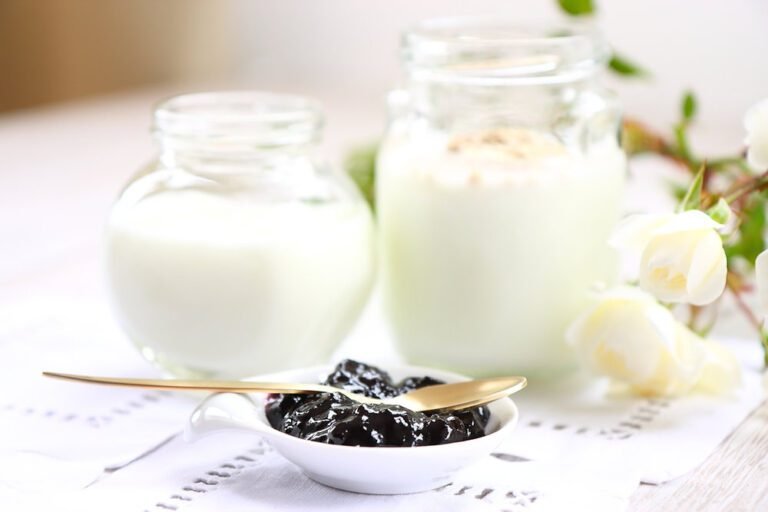Many people wonder what French-style yogurt is, and Google brings up a number of sponsored articles linking to companies that introduced this product to the U.S. market some time ago.
In fact, French yogurt is a dessert and a different marketing category than other sweet yogurts on the market.
It is made with whole milk (similar to regular yogurt) with traditional cultures of L. bulgaricus and S. thermophilus. (like traditional Bulgarian yogurt)) and added sugar, vanilla, fruit, and other ingredients (like most sweet yogurts on the market). However, the most distinctive feature of French yogurt is the typical cup/pot in which the yogurt is served.
It is claimed to be a cup and pot set product. However, many commercially available yogurts are made commercially using the same method.
Adding fruit packed in a rustic style pot and sugar is more appealing to those who prefer sweet/fruity flavors, and this reduces the sour taste of yogurt in the watering combination.
So how do you make it at home?
If you want to serve yogurt in cups, you will need a multi-container yogurt maker that sets the yogurt in the cups. If you don’t care about the cup, you can make it from any manufacturer.
Optionally, you can use fruit, puree, syrup or honey.
Here are the steps:
Boil milk and add sugar. Stir well to dissolve the sugar
Cool the milk to lukewarm and add the broth and vanilla. Stir well and let it soak for about 10 minutes.
If using ready-made yogurt, add 1-2 spoons and vanilla and mix well. Then wait 10 minutes.
Stir again and transfer the milk mix to a single pot/cup. If you wish to use fruit, puree or syrup, place a spoon or two at the bottom of the cup/pot and pour in the milk mix. Make sure there are no preservatives (especially jams or syrups).
Incubate at 40°C if:
When to use starter culture In most cases, the incubation time is 12 to 16 hours, but may be slightly longer. Watch for mixing after 12 hours.
If you use finished yogurt as a starter, be careful with mixing after 3 hours, as it may take 3 to 6 hours, or a little longer.
Once it hardens (if it becomes thick), chill it in the refrigerator to stop fermentation. If you prefer a more sour taste, let it sit a little longer, but don’t overincubate as it may separate.


